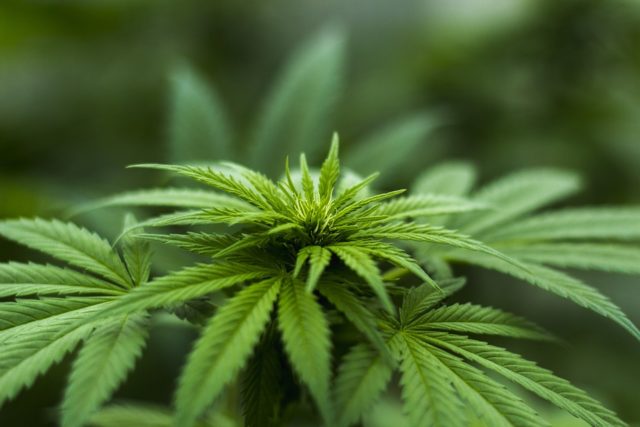Legal cannabis linked to fewer opioid deaths in the U.S
This study is the first to examine the association between legal cannabis and reduction in opioid related mortality rates at county level.

Legal cannabis and easy access to stores is associate with a reduction in opioid-related deaths in the United States.
A study published in The BMJ today pints on particularly those linked to synthetic opioids such as fentanyl.
Opioids are ‘morphine-type’ drugs that include the illegal drug heroin, synthetic opioids such as fentanyl, and pain relievers available legally by prescription, such as oxycodone, hydrocodone, codeine, morphine, and many others.
drugs that relieve short-term (acute) pain and pain at the end of life. There is little evidence that they are helpful for long-term (chronic) pain, but doctors are often prescribing morphine for pain relief.
This has led to widespread misuse and a sharp rise in overdose deaths. In the year 2018, more than 46,000 fentanyl-related deaths, representing over two-thirds of all US opioid-related deaths that year.
previous studies have suggested that access to legal cannabis stores may help to reduce opioid-related deaths, but the evidence so far is mixed.
To explore this, researchers examined relationships between cannabis stores (referred to as dispensaries) and opioid-related deaths from 2014 to 2018.
Their findings are based on data for 812 counties within the 23 US states that allowed legal cannabis dispensaries to operate by the end of 2017.
Information on state-level cannabis legislation was combined with county-level data on licensed dispensaries and opioid-related mortality rates.
The researchers found that counties with high number of active cannabis stores were associated with reduced opioid-related mortality rates.
An increase from one to two stores in a county was associated with a 17% reduction in all opioid related mortality rates.
This association held for both medical and recreational dispensaries and appeared particularly strong for deaths associated with synthetic opioids other than methadone, with an estimated 21% reduction in mortality rates associated with an increase from one to two dispensaries.
An increase from two to three dispensaries was associated with a further 8.5% reduction in all opioid-related mortality rates.
This study is the first to examine the association between active cannabis dispensary operations and opioid-related mortality rates at the county level.
Since the results are observational, they can’t establish cause. The researchers stress that while cannabis is less addictive than opioids, it still carries potential harms and public safety risks should not be ignored.
In a linked editorial, researchers argue that cannabis liberalization “cannot be regarded as a remedy to the opioid crisis until a robust evidence base is available.”
Although some may interpret these findings as evidence supporting cannabis liberalization to address the opioid crisis, they point out that “such conclusions are currently premature without evidence of causality.”
Further experimental studies including individual level data of those with use of prescription opioids and illicit opioids “would inform a more nuanced understanding of the substitution between opioids and cannabis,” they conclude.
Read more about: Cannabis



